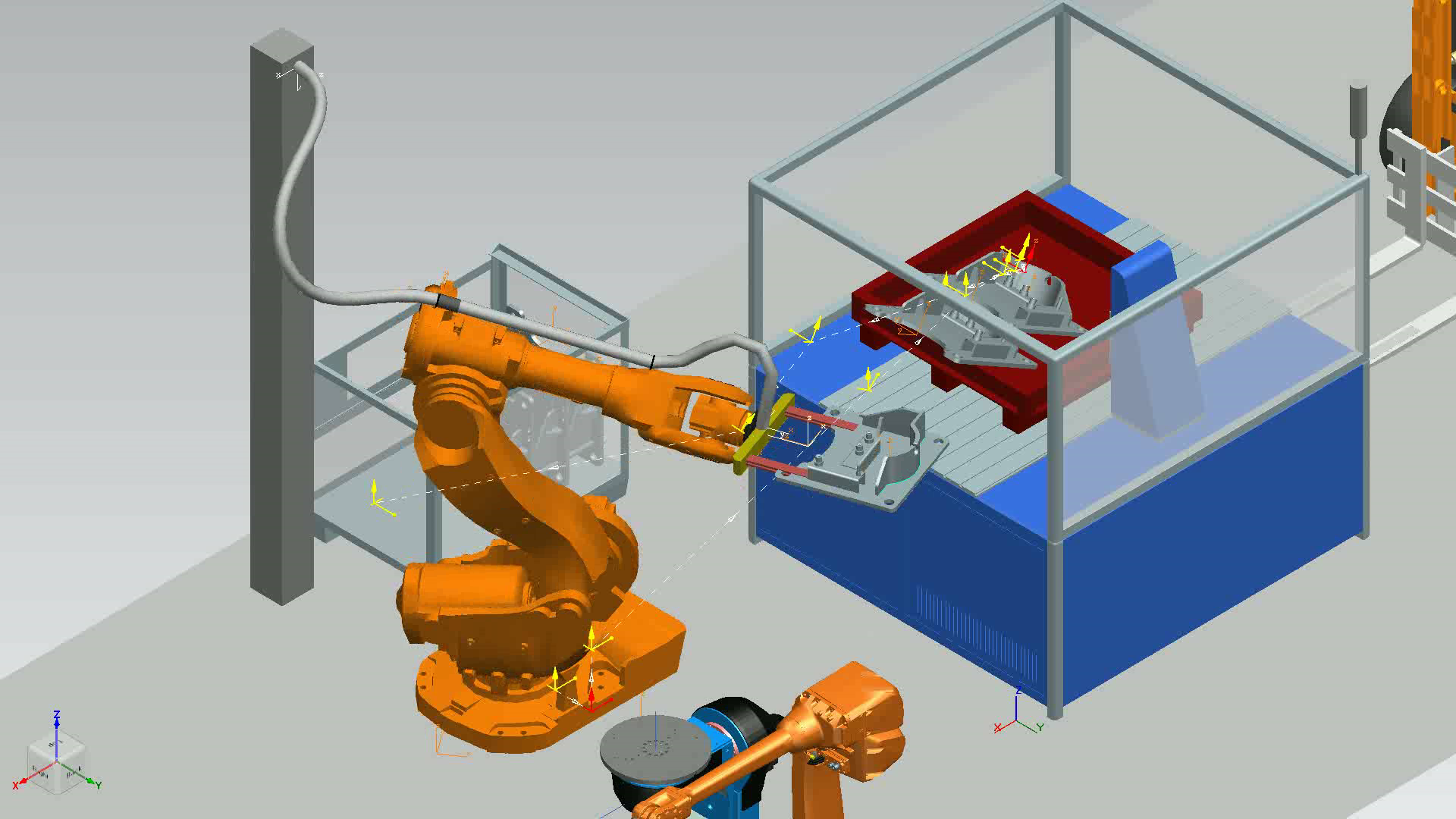Your customers are demanding tighter workcells and faster cycle times. So you use your robot simulation software to create the best process design you can, double- and triple-checking for potential interference conditions and optimizing your robot paths and behaviours on a tight timeline.
But there’s one factor that escapes your simulation studies every time, and that’s the cables running to and from your end-of-arm tools.
The Trouble with Cables & Dress Packs
Once you take your project to the shop floor, cables can be unpredictable. They can stretch, twist, get wrapped around your robot, and just generally be in the way. When your robots are taken to full production speed, cables can start behaving in even more volatile ways, snapping against surfaces or even whipping critical sensors out of position. Now your maintenance team needs to come in to figure out why those sensors are tripping error messages and put them back into place, costing you lots of time and money.
A Common Concern
While it might seem like a niche area, cable behaviour is one of the most common concerns identified by the companies we work with. Factors like cycle time, the physical tightness of a workcell, or cable thickness can completely change how your robot program is going to perform once commissioned. And if your cables start negatively impacting other aspects of your system, the value of detecting these problems in the early process design phase increases exponentially.
That’s why we work with customers using Tecnomatix Process Simulate from Siemens Digital Industries Software to accurately model cable behaviour in the process design stage using physics-based simulation. With this solution in hand, leading companies can simulate the elasticity, flexibility, thickness, and consistency of cables to optimize their designs for error-free behaviour in the real world.
If you’ve experienced unforeseen issues with cable behaviour after commissioning a robot or workcell, it’s worth your time to explore solutions that can accurately model cables and their performance using accurate, physics-based simulation. Doing so will give you crucial information for your robot OLP programming that will help you detect cable-related issues long before you take a robot or system into production.
Next Steps
If you’d like to see a live demo or explore how cable simulation can impact your company’s process design and bottom line, please reach out to us today. No matter how big or small your next step might be, we’d love to learn more about your process design and help you chart the best path forward.



